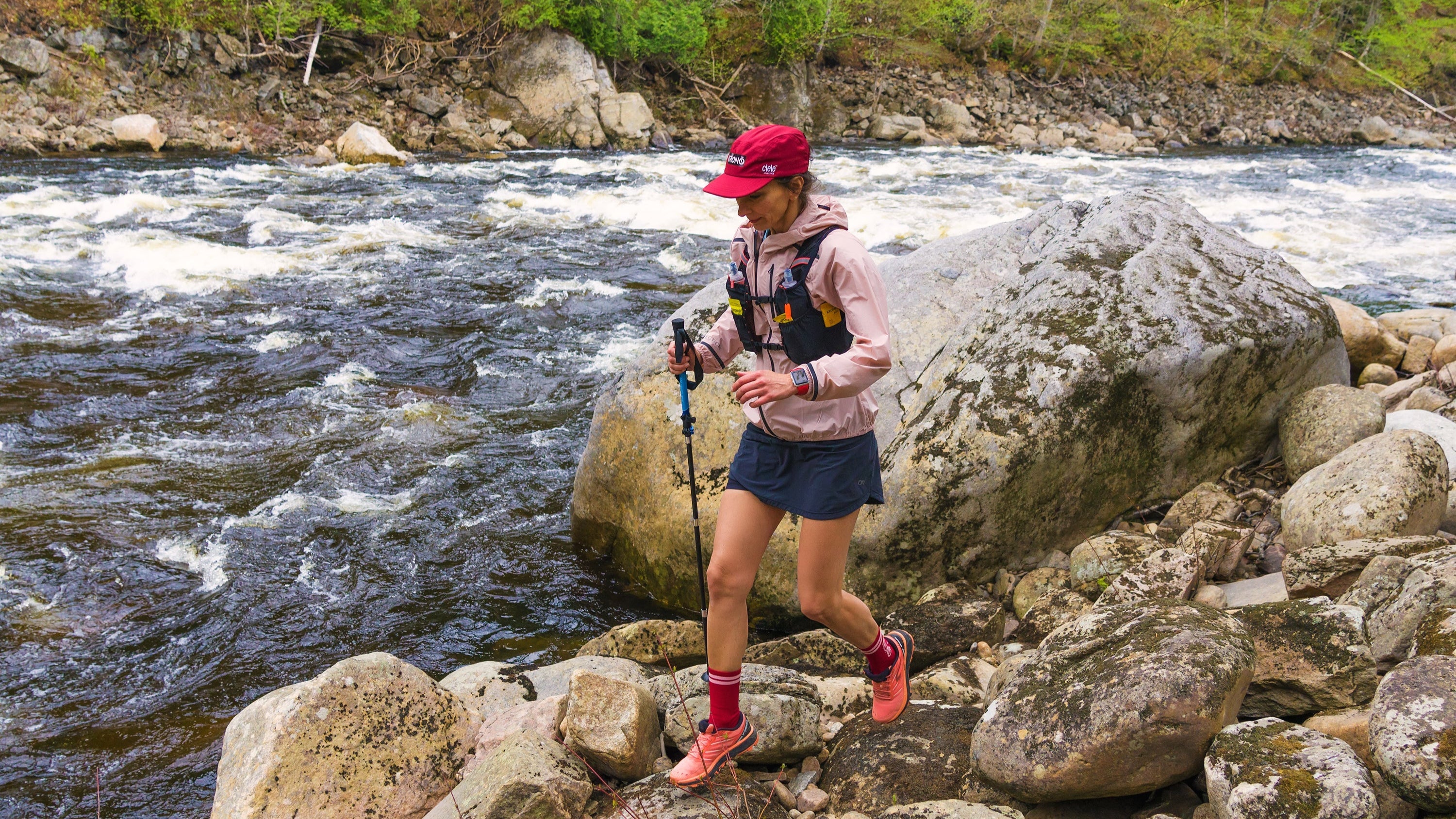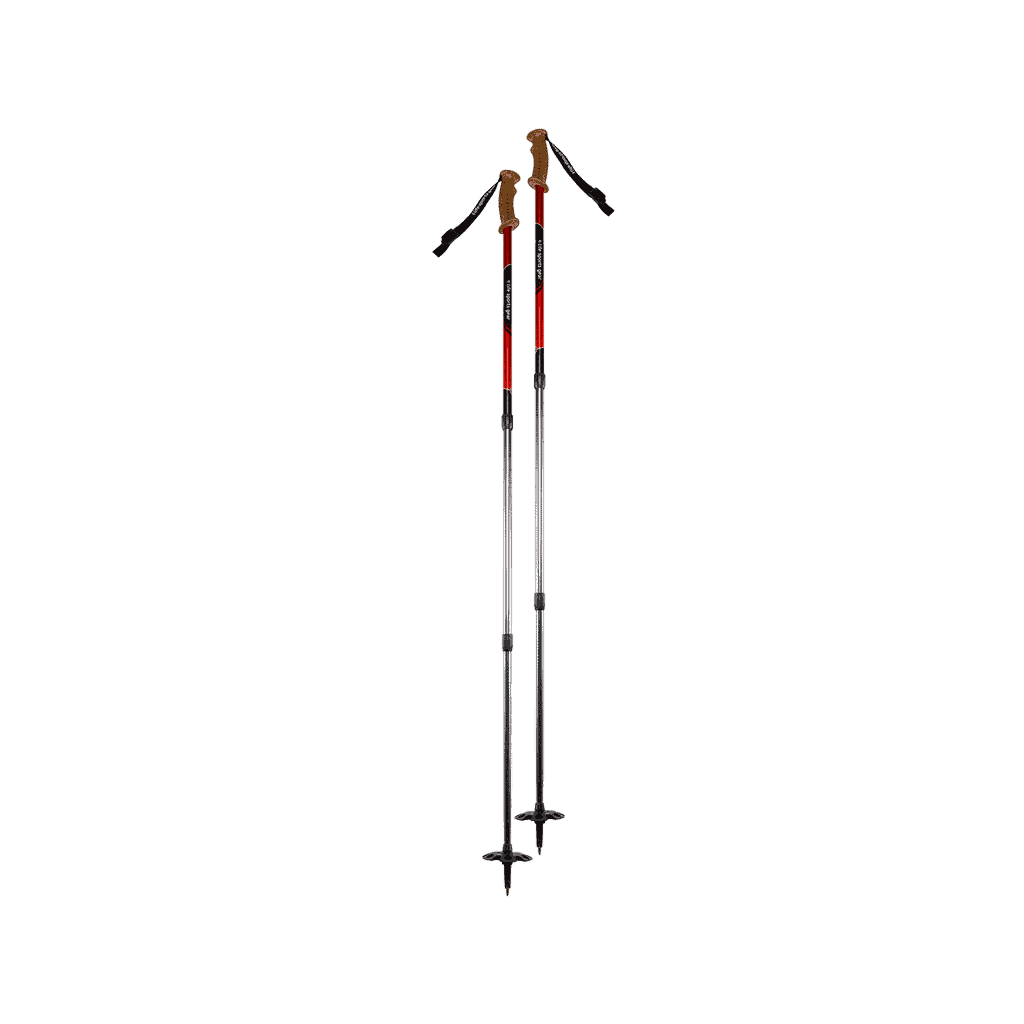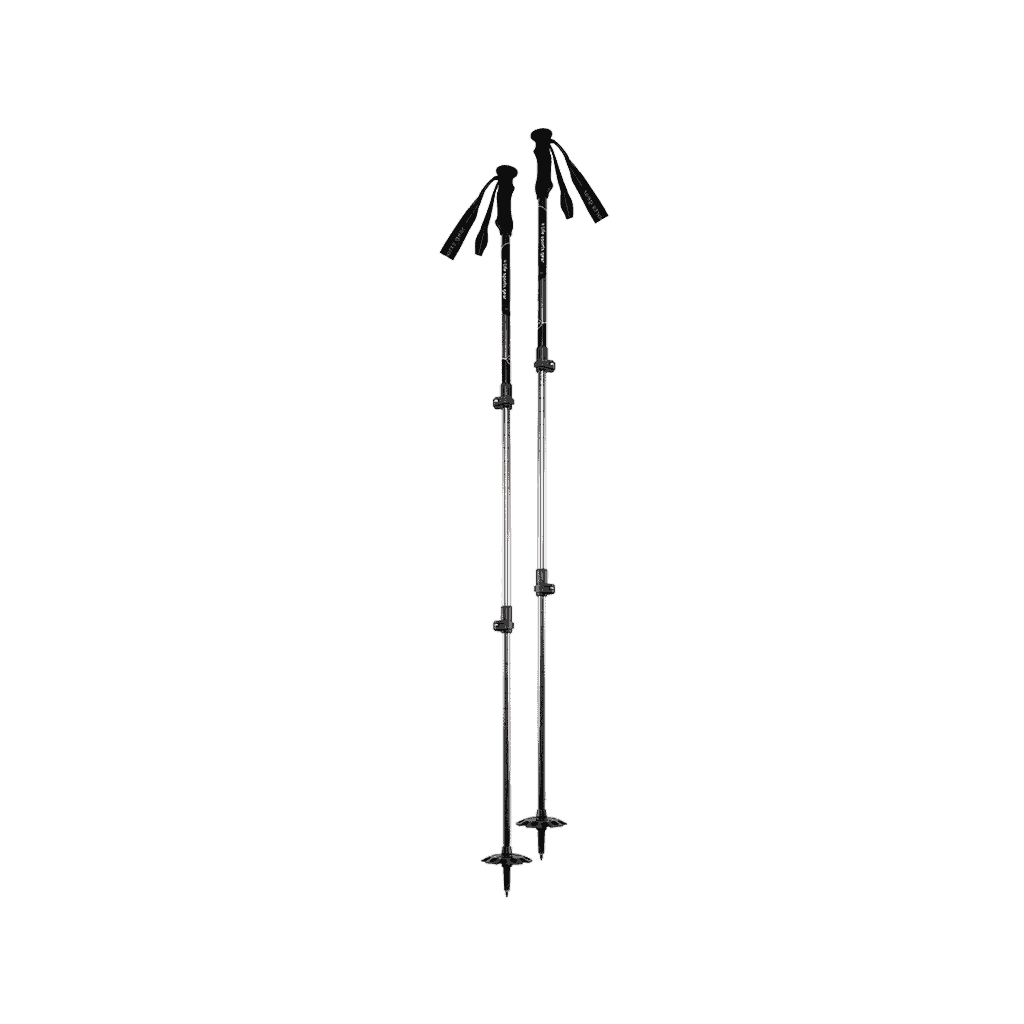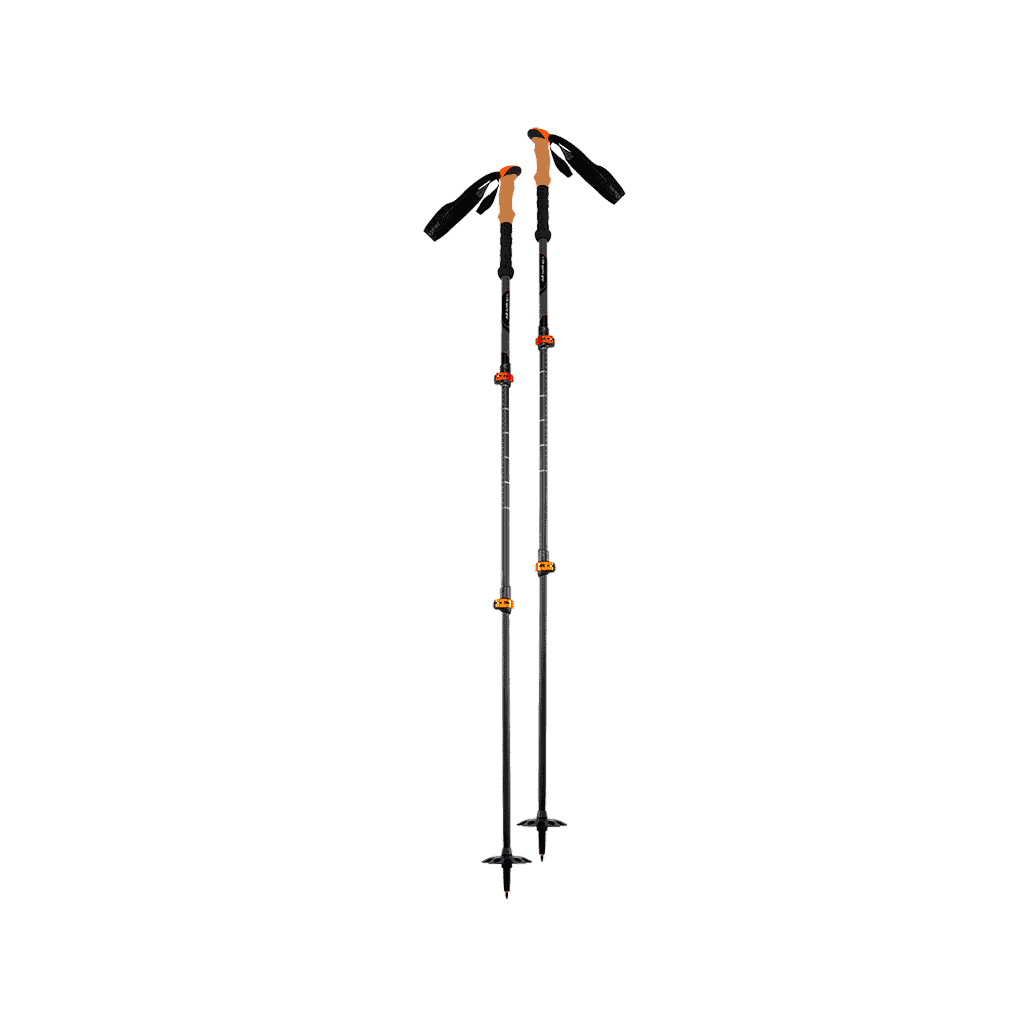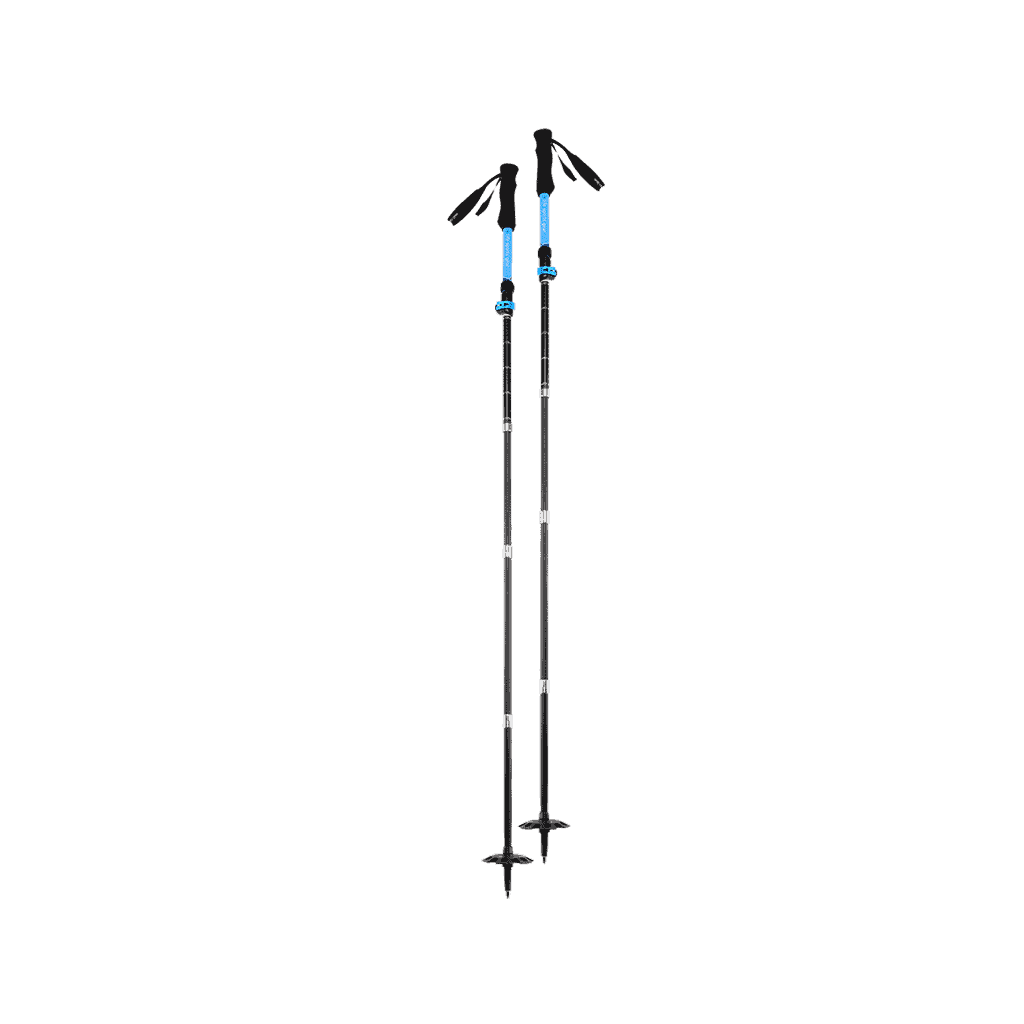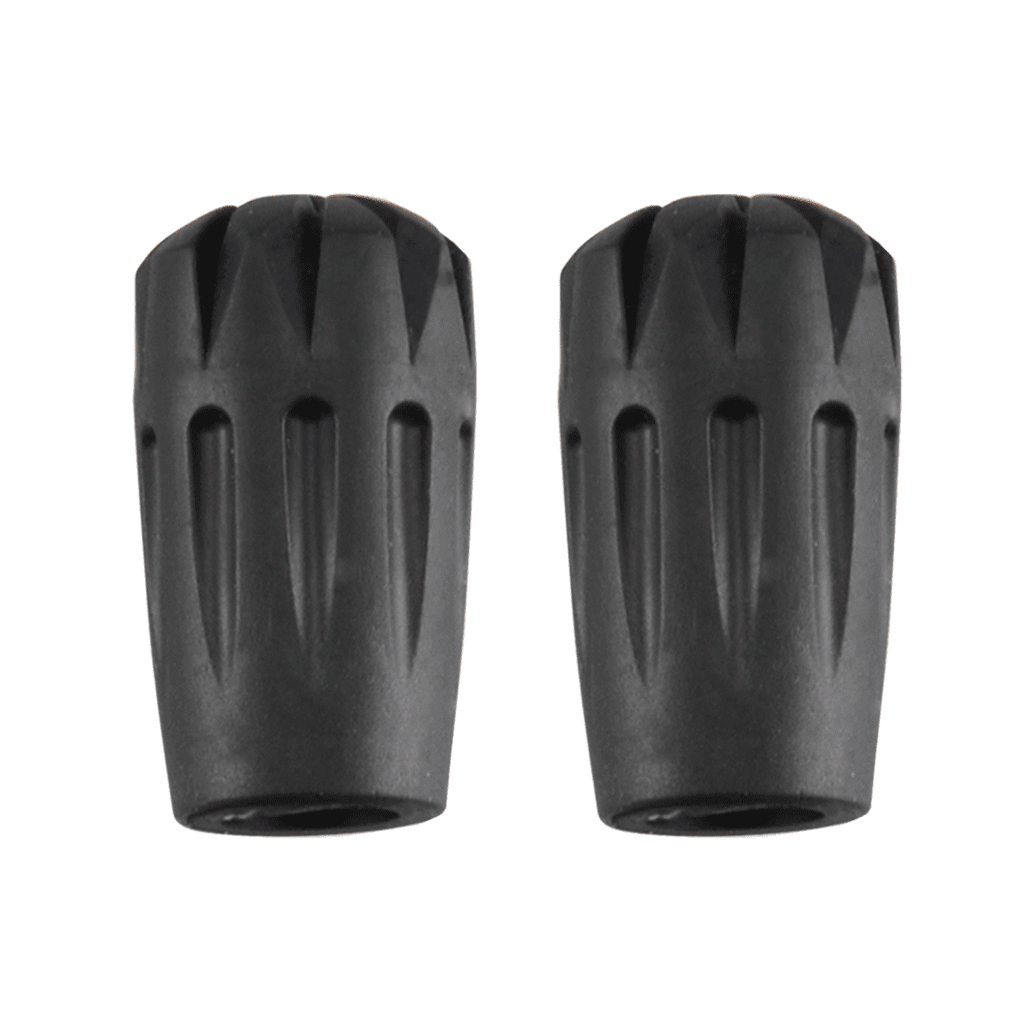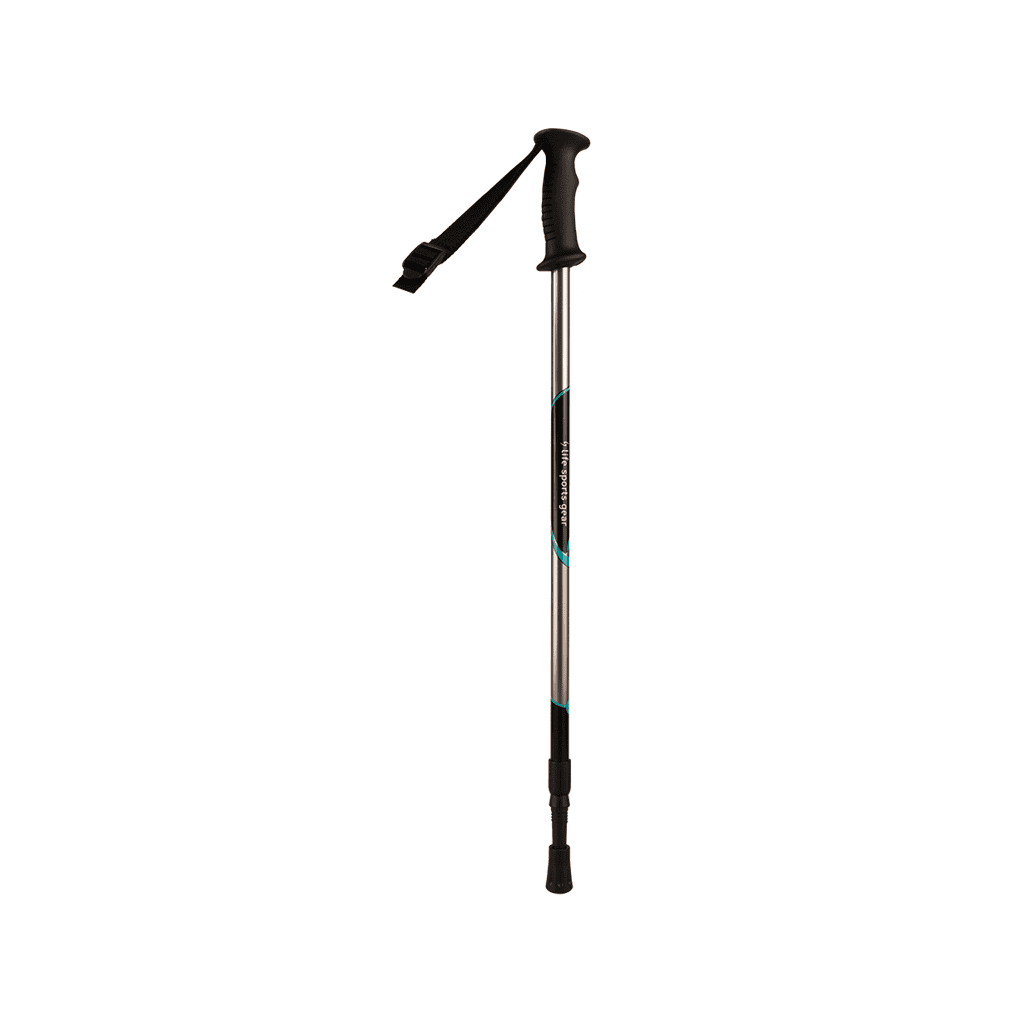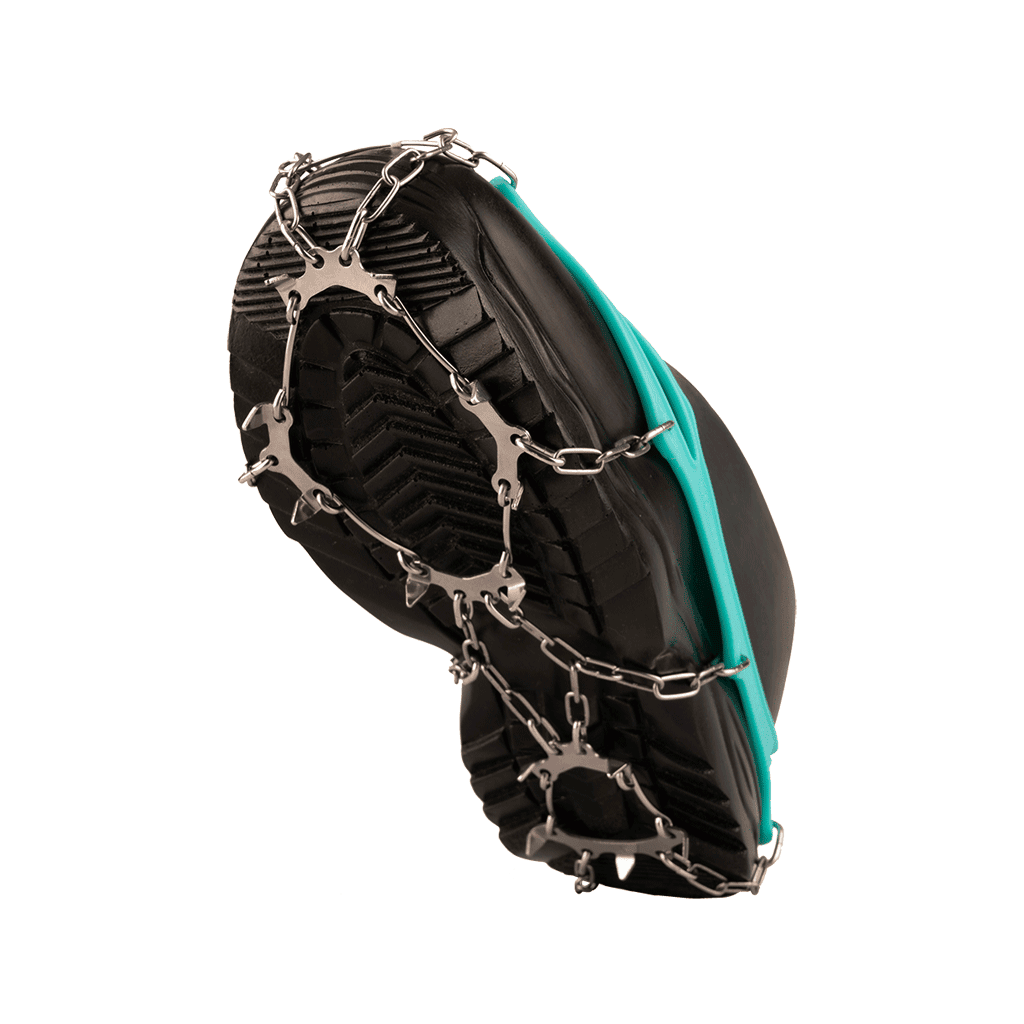Hiking poles are the perfect companion for your outdoor adventures. Typically used in pairs, they provide extra support, improve balance, and reduce fatigue on long treks. However, to fully benefit from them, you need to know how to use them correctly. Here are some helpful tips on the subject.
Why Use Hiking Poles?
Have you never tried hiking poles and wonder what they can actually do for you? Their benefits are numerous and apply in several ways:
- Reduce fatigue: By distributing weight between your arms and legs, hiking poles relieve pressure on your joints.
- Improve balance: On uneven or steep terrain, hiking poles offer an extra point of support.
- Support uphill and downhill: On ascents, poles help propel you forward. On descents, they provide more control and reduce the risk of slipping.
- Gauge depth: They can also be used to measure the depth of snow, mud, or water before crossing.
Getting Started
To begin, choose adjustable poles based on your height and the terrain you’ll be tackling. Options include foldable or telescopic poles. Seek advice to find the best poles for your needs, whether for walking, hiking, or trail running.
When holding your poles, your elbows should form a 90-degree angle.
Ensure the grips are comfortable and the straps are snugly adjusted around your wrists for a secure hold.
Shop Hiking Poles
Practice Makes Perfect
Start by using your poles alternately with your steps—for example, right pole with left foot and vice versa. It might feel counterintuitive at first, but you’ll quickly find your rhythm.
Refine Your Technique
Once you’re familiar with your poles, try these tips to improve your technique:
- Uphill technique: Place the poles slightly ahead of you, push with your arms, and use your legs for propulsion. Shorten the poles slightly for steep inclines.
- Downhill technique: Lengthen the poles for better stability on descents. Place them ahead of you to absorb shocks and maintain balance. Walk fluidly, syncing your steps with your poles.
- Using the straps: Wrap the straps around your wrists for better control and less energy expenditure. This way, your wrists absorb some of the weight instead of your hands.
On Flat or Gentle Terrain
You can save energy by not using your poles on flat terrain but keep them handy for more technical ascents or descents. However, if your goal is to relieve stress on your ankles, knees, and hips, using the poles throughout your hike is recommended.
Maximize Your Performance
Once you’ve mastered the basics, take your skills to the next level:
- Adapt to the terrain: Adjust your poles based on the trail type (rocky, muddy, snowy). For rocky terrain, use smaller baskets to avoid snagging. In snow, switch to larger baskets for better support.
- Boost endurance: Use the poles to distribute weight to your arms, especially on long hikes or challenging trails, reducing muscle fatigue in your legs.
- Advanced strap use: During intense efforts, transfer more weight to your wrists via the straps to reduce fatigue in your hands and forearms.
Shop Accessories for Hiking Poles
These versatile crampons are the perfect companions for your winter boots. With them on your feet, you can safely stroll through streets or take light hikes on flat terrain.
Pole tip protector for hiking poles
Winter Baskets for Hiking Poles
Summer Baskets for Hiking Poles
For Kids Too!
It’s not just adults who can benefit from hiking poles. Kids can start with a single walking pole to get used to handling it. This simple and accessible tool can make their outings more enjoyable and spark their interest in hiking.
Once they’ve mastered one pole, teach them to use two. By conserving their energy, they’ll have more fun and be able to cover longer distances.
Micro Trail Hiking Poles – Kids
Enjoy Every Adventure with Life Sports Gear
From beginners to seasoned hikers, hiking poles are a valuable tool to improve balance and enhance performance. They not only reduce muscle fatigue and protect your joints but also increase your safety on the trails.
We’ve designed a range of hiking poles to suit all skill levels and budgets. At Life Sports Gear, our mission is to help you make the most of every outing, whether it’s running, hiking, or enjoying the great outdoors. Developed in Quebec, our equipment combines innovation, quality, and affordability. Visit our store to get your essentials: crampons, bottles, armbands, waterproof bags, and accessories.


